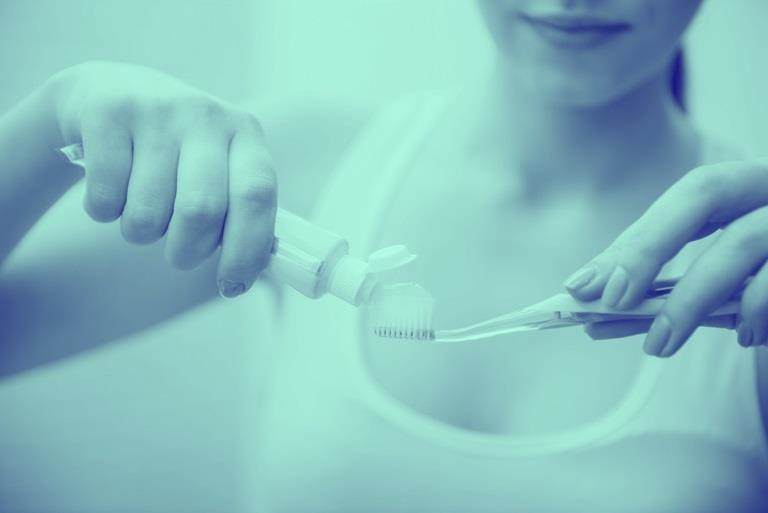Specializing in specific enhancement technologies
Croda Pharma specializes in four technologies aimed at improving bioavailability and solubility. First, nanoparticle-based delivery systems such as liposomes, nanoemulsions, and inorganic nanoparticles, offer large surface area to encapsulate drugs that further improves their solubility and bioavailability.1 These systems can also protect active pharmaceutical ingredients from degradation and offer a targeted delivery. Additionally, there is reduction in toxicity, greater safety, and biocompatibility.2 A tool that has recently emerged for the development of nano systems like solid lipid nanocarriers, nanoemulsions, liposomes etc. is microfluidic technology, which provides enhanced precision, efficiency and functionality3, says Kritika Bajaj, PhD, Research Scientist at Croda Pharma.
Second, self-emulsifying drug delivery systems (SEDDS) and self-microemulsifying drug delivery systems (SMEDDS) are formulations consisting of oils, surfactants, solvents, and drug substance. They spontaneously form oil-in-water emulsions when introduced to aqueous phase. These systems enable improvement in oral bioavailability of a poorly water-soluble drug.4 These systems are easy to make, economical, and scalable, says Dr. Bajaj.
Third, amorphous solid dispersion (ASD) technology involves utilizing excipients to assist in dispersing a poorly soluble drug in a hydrophilic inert carrier matrix (usually a polymer) to enhance its solubility and dissolution rate upon administration. This technology works by increasing surface area, improving wettability, tailoring release profiles, and enhancing solubility by dispersing a drug in an amorphous state.
Finally, a permeation enhancer works by improving the transport of poorly absorbed actives across biological barriers such as skin, mucosa, or gastrointestinal tract. They can aid transdermal and oral drug delivery.5,6 Compounds such as surfactants, dimethyl isosorbide (DMI), and lipid-based excipients can improve drug permeability across biological barriers, leading to increased bioavailability.7
Dr. Bajaj says: “For the technologies discussed above, Croda’s portfolio of high purity excipients used as surfactants, permeation enhancers, polymers, lipids, and oils can play a significant role in the above-mentioned technologies to enable improved solubility and bioavailability of drugs.”
Explore recent blogs:

Croda expands biopharma capabilities through strategic partnership

Meeting the demand for sulphate-free oral care
.png?w=768&la=en-GB&focalpointcrop=1&xratio=0&yratio=0&hash=09209DBAECEE043B6E165FAA419FF217)
Spotlight on R&D - Tina Baharlou, Industrial Placement Student
(2) De Jong, W. H.; Borm, P. J. Drug delivery and nanoparticles:applications and hazards. Int J Nanomedicine 2008, 3 (2), 133-149. 10.2147/ijn.s596
(3) Rawas-Qalaji, M.; Cagliani, R.; Al-Hashimi, N.; Al-Dabbagh, R.; Al-Dabbagh, A.; Hussain, Z. Microfluidics in drug delivery: review of methods and applications. Pharm Dev Technol 2023, 28 (1), 61-77. 10.1080/10837450.2022.2162543
(4) Pharma, C. SEDDS and SMEDDS. https://www.crodapharma.com/en-gb/drug-delivery-solutions/explore-by-product/sedds-and-smedds#:~:text=Self%20emulsifying%20(or%20self%20microemulsifying,aqueous%20phases%20under%20gentle%20agitation.
(5) Kováčik, A.; Kopečná, M.; Vávrová, K. Permeation enhancers in transdermal drug delivery: benefits and limitations. Expert Opin Drug Deliv 2020, 17 (2), 145-155. 10.1080/17425247.2020.1713087
(6) Maher, S.; Brayden, D. J.; Casettari, L.; Illum, L. Application of Permeation Enhancers in Oral Delivery of Macromolecules: An Update. Pharmaceutics 2019, 11 (1), 10.3390/pharmaceutics11010041
(7) Williams, A. C.; Barry, B. W. Penetration enhancers. Adv Drug Deliv Rev 2004, 56 (5), 603-618. 10.1016/j.addr.2003.10.025